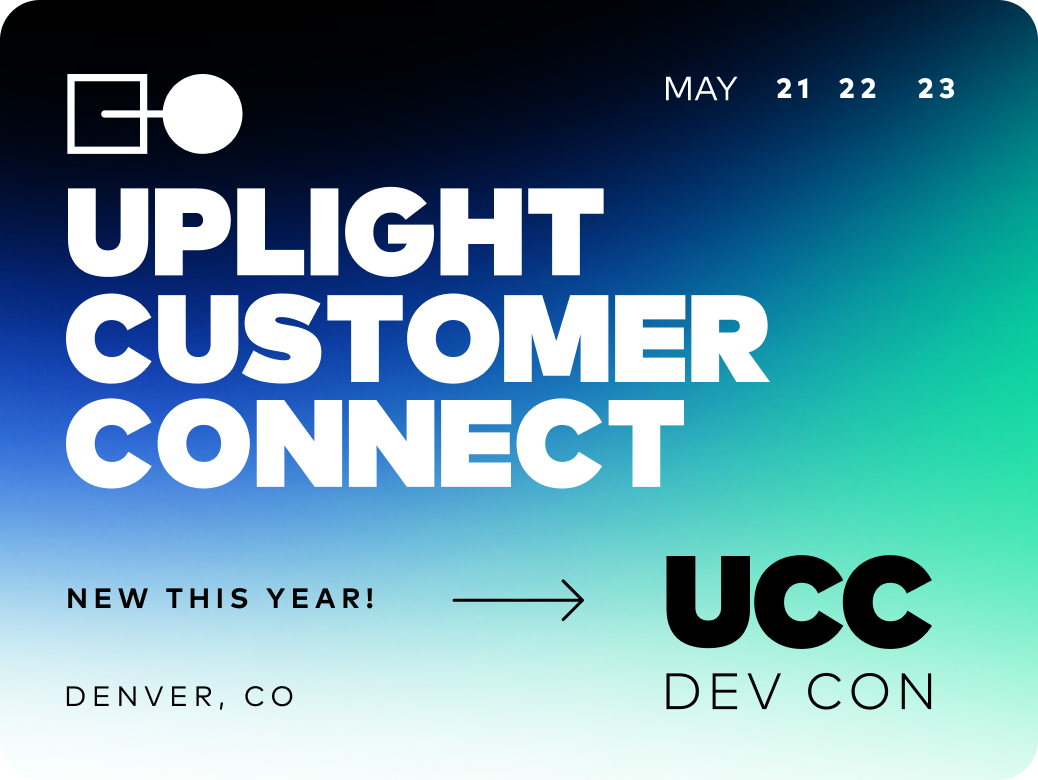A step-by-step breakdown of how Uplight uses 3 key metrics to maximize the experience of your business customers.
The most important aspect of any software tool is customer engagement. Do people find the software valuable, do they use it often, would they recommend it to their colleagues? Digital energy portals are no different, and to ensure long-term success you need to actively track and manage platform adoption. Below are key metrics to consider after deploying a digital energy portal.
What customer engagement metric matters most?
Digital energy portals are large, complex projects that require a lot of resources to deploy correctly. The typical portal launch requires a massive team effort, with time and resources drawn from several stakeholder groups including data integration and IT, marketing teams, corporate communication experts, and third-party creative agencies, just to name a few.
From there, you’ll still need to train your staff, including call center representatives, key account managers, and implementation contractors or other trade allies. Projects of this scope take months of organization-wide planning and coordination. In short, a digital energy portal is a major long-term investment.
What happens if six months down the road only a few hundred customers have logged on?
Or worse, if most customers view the portal just one time and then never return? Behavioral savings and program uplift rely on customer interaction. Energy efficiency and demand response goals will always fall flat if the end-user doesn’t use the portal, and the same goes for CSAT goals such as increasing J.D. Power scores. Good deployments involve a close partnership between the client and the vendor as well as a long-term customer engagement strategy.
Uplight uses three key metrics to maximize user experience and ensure success.
Uplight has spent the last decade identifying the best metrics to track and incrementally improve to ensure a successful launch. It comes down to these three main goals:
-
- Net-new registrations
To understand ongoing trends, the number of new businesses registering for the portal needs to be tracked on a seven-day rolling average. This helps maintain momentum while identifying any stalls in progress. For non-SSO utilities, the average utility adds new account registrations at a 12% growth annualized growth rate, but you should aim higher; top-performing utilities add new accounts at a rate closer to 25%!
- Net-new registrations
-
- Returning visitors per month
Uplight uses cohort analysis to pinpoint what keeps visitors coming back. Cohort analysis is a segment of behavioral analysis that works by breaking down users into related groups. This enables the Uplight team to experiment and learn more about the factors that drive repeat engagement. Return engagements vary depending on the type of business involved, but even relatively low energy-intensive businesses like office buildings should log-in at least 1.7 times per month. For highly energy-intensive segments like manufacturing, that number should be closer to 3.7 times. On average, 12% of all accounts should become “power-users” who log in 5 or more times a month. Tracking and improving cohort retention is critical to driving energy efficiency, customer satisfaction, and operational efficiency goals.
- Returning visitors per month
-
- Time on site, pages viewed, and actions taken
These three elements help Uplight delve deeper into user engagement metrics. Audience level analytics give us a detailed look at what users are doing when they log in, helping Uplight tailor the user experience to drive deeper, more reliable engagement. These metrics are surprisingly consistent across all of our deployments, with the time on site averaging 5:32, pages per session averaging 4.1, and actions taken averaging 1.2.
- Time on site, pages viewed, and actions taken
Uplight uses carefully crafted pre and post-launch techniques to ensure strong end-user adoption.
After years of experience with digital energy portal deployments, we’ve learned a thing or two. Carefully studied pre-launch techniques are critical to success, and post-launch support keeps the ball rolling.
Before the launch…
- Uplight assigns a dedicated Customer Success Manager to each utility deployment.
- These managers work with our program marketing teams to create a library of demand-side management programs, behaviors, and products specific to each utility.
- This library is then served up to each customer through our personalized solutions tiles.
After the launch…
- Uplight Customer Success Managers train your staff for you! They work directly with your call center teams, key account managers, and administrators to ensure every stakeholder in the organization understands how the platform works and knows how to use it effectively.
- We work closely with the Uplight team during the development of new tools to better understand what end-users really want–frequently conducting focus groups and staff interviews. As soon as we’ve developed new product features, you’ll be the first to know.
With Uplight, success looks better than ever.
No matter what outcome you care about most, engagement is the most important metric. If one approach isn’t working as well as you need it to, we experiment with additional methods until it does. While success is a process, the techniques we use to generate sustained growth and long term adoption really work.
Need proof? A large part of your success depends on users logging into the platform regularly. 51% of Uplight users log in two or more times a month, and about 12% become “power users” logging into the tool multiple times a week. To see for yourself, reach out to us to chat or schedule a demo.





